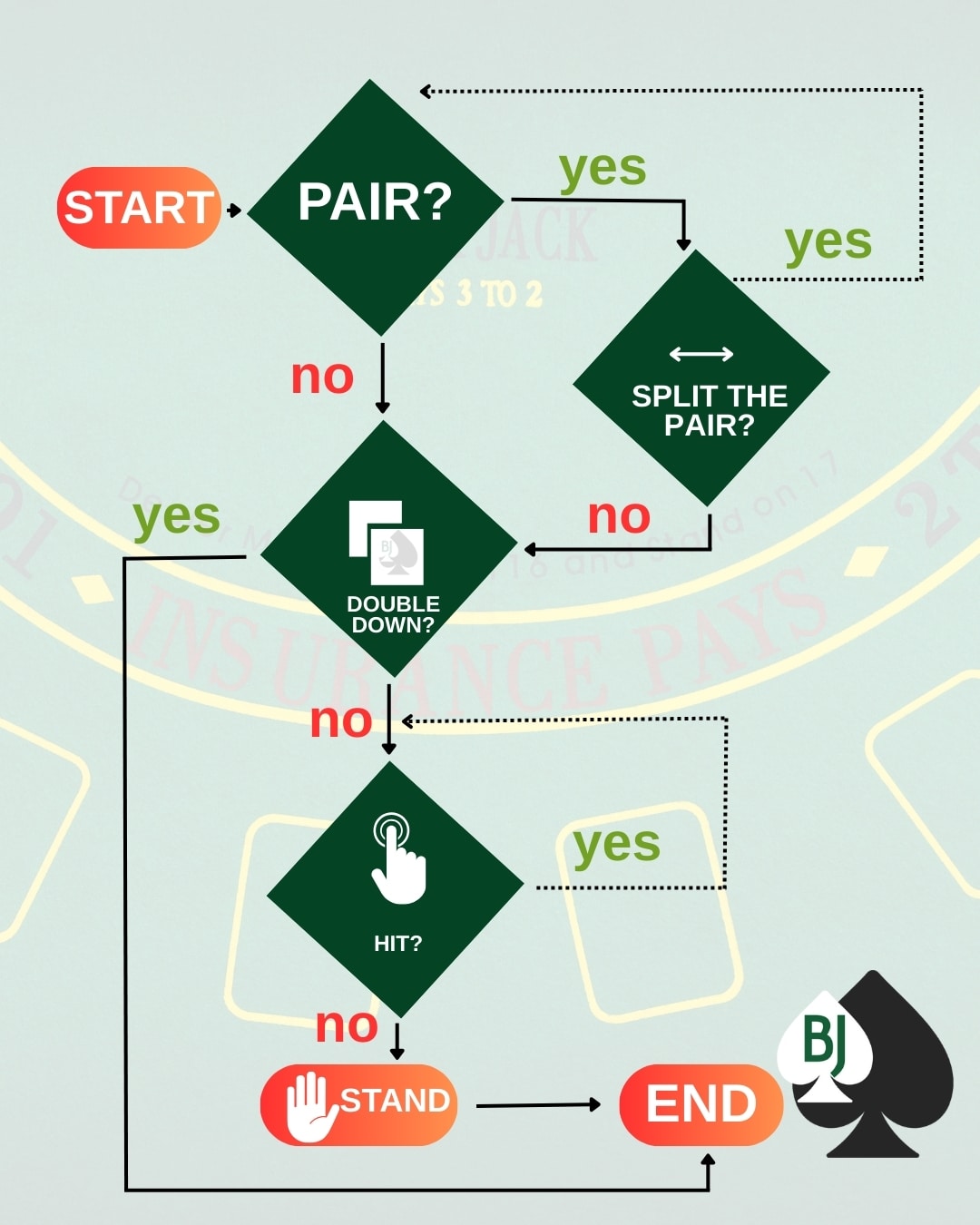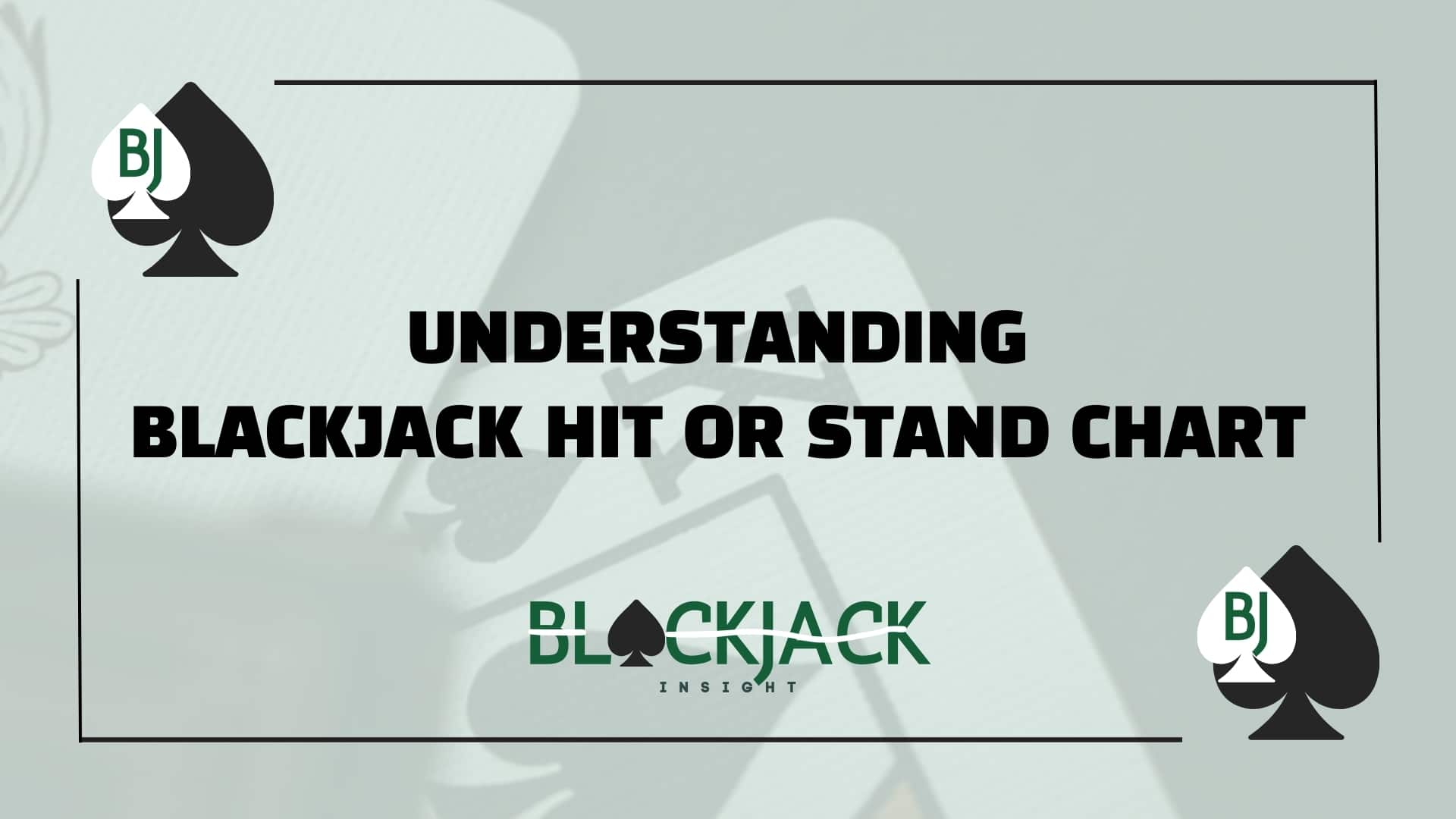Understanding Blackjack Hit or Stand Chart
Table Of Content
The blackjack hit or stand chart is a strategy guide based on mathematical probabilities that tells players the best move—hit, stand, double down, or split—based on their hand and the dealer’s upcard. It’s divided into hard and soft hand strategies, helping reduce guesswork and long-term losses. While it can’t guarantee wins, following the chart maximizes your odds and simplifies tough decisions like whether to hit on a 16 against a dealer’s 10.
If you’ve ever sat at a blackjack table, staring at your hand, sweating bullets. I’ve seen that look more times than I can count. In fact, I’ve worn it myself back when I first got into the game. The good news? There’s a cheat sheet that makes it all a lot less stressful, the blackjack hit or stand chart.

What Is the Blackjack Hit or Stand Chart?
The blackjack hit or stand chart is a visual guide that tells you whether to hit, stand, double down, or split, based on the cards you’re holding and the dealer’s upcard. It’s not guesswork; it’s based on millions of simulations of every possible hand combination.
You’ve probably heard phrases like “Never hit on 17” or “Always split eights.” The chart goes deeper than that. It gives specific decisions for hands like 12 vs. dealer’s 3 (stand), or 16 vs. 10 (yeah… that one hurts, but you usually hit).
Why You Should Trust the Chart
I get it. It feels weird to hit on a 12. What if you bust? But here’s the thing: the chart doesn’t guarantee you’ll win every hand, nothing in blackjack can. It gives you the best statistical move long-term.
Back when I started playing in Vegas, I ignored the chart on a 16 vs. 10 because I didn’t want to bust. Spoiler alert: I stood, the dealer flipped a 6 under their 10, pulled a 5, and made 21. I lost anyway. Had I followed the chart, I would’ve hit and drawn a 4. Yeah… that one stuck with me.
Breaking Down the Chart: Hard Hands vs. Soft Hands
Let’s make it less intimidating by splitting it into two main sections: hard hands and soft hands.
Hard Hands
A hard hand has no ace, or the ace must be counted as 1. These are more rigid—one bad hit and you’re out. Here’s a general breakdown:
- 12–16 (the “danger zone”): If the dealer has 7 or higher, hit. If the dealer shows 2 through 6, stand.
- 10 or 11: Double down if the dealer shows a lower card. You’ve got a strong chance to build winning blackjack hands.
- 17 and up: Always stand.
The reason behind hitting on a 16 vs. 10? Because the dealer likely has a 20, and your 16 won’t cut it. Better to risk it than lose with a weak hand.
Soft Hands
Soft hands include an ace counted as 11. They give you more flexibility since busting is less of a threat.
- Ace + 2 to Ace + 6: Hit, or double if the dealer is weak (4–6).
- Ace + 7 (Soft 18): Tricky one. Stand if the dealer has 2, 7, or 8. Hit if the dealer has 9 or 10. Double if it’s 3–6.
- Ace + 8 or 9: Always stand.
Soft hands are where new players often misstep. They feel “safe,” but that doesn’t mean they’re strong. The chart shows you how to maximize that flexibility.
Blackjack Hit or Stand Table: Quick Reference
Ever seen a blackjack hit stand table hanging in a casino or printed on a card? That’s your best friend. Whether you’re using a blackjack hit stand chart PDF or a laminated card from a gift shop, they all tell you the same thing—what move gives you the best shot right now.
Here’s a simplified snippet of how it looks:
| Your Hand | Dealer Shows | Action |
| 16 | 10 | Hit |
| 13 | 6 | Stand |
| A + 6 | 3 | Double |
| 9 | 2–6 | Double |
| 12 | 4–6 | Stand |
You don’t need to memorize the entire thing, but the more you study it, the more natural it becomes. A little practice with a blackjack trainer hit or stand tool online can help, too.
Blackjack 15 or 16: Hit or Stand?
Let’s address the elephant in the room—what about 15 or 16? Everyone dreads those hands. The dealer’s got a 10, and you’re sitting there, silently begging for mercy.
The chart says to hit. Why? Because you’re probably losing that hand anyway, and your best shot is to try to make it stronger. Standing on 16 might feel safe, but it usually just delays the loss.
Still, it’s the right move mathematically. And that’s what this chart is built on.
FAQs
1. What if the game has alternative rules, such as Dealer Hits on Soft 17 (H17)?
In that case, certain plays—especially with soft hands—will differ (e.g., you may hit more often with Ace–7). Always use a chart specific to H17 rules.
2. How do I use the chart at a live table without arousing suspicion?
Most casinos allow using a strategy card, but it can slow the game. Practice to make quick decisions and avoid drawing attention.
3. Do I need to memorize a separate chart for each Blackjack variation?
Ideally, memorize the standard multi-deck (S17, DAS) chart first. Then learn the small deviations for other rules and deck counts.
4. How does the number of decks affect the strategy chart?
Single-deck or double-deck games can require slight adjustments (sometimes by 1 or 2 points). Always pick a chart suited to the exact number of decks you’re playing with.



